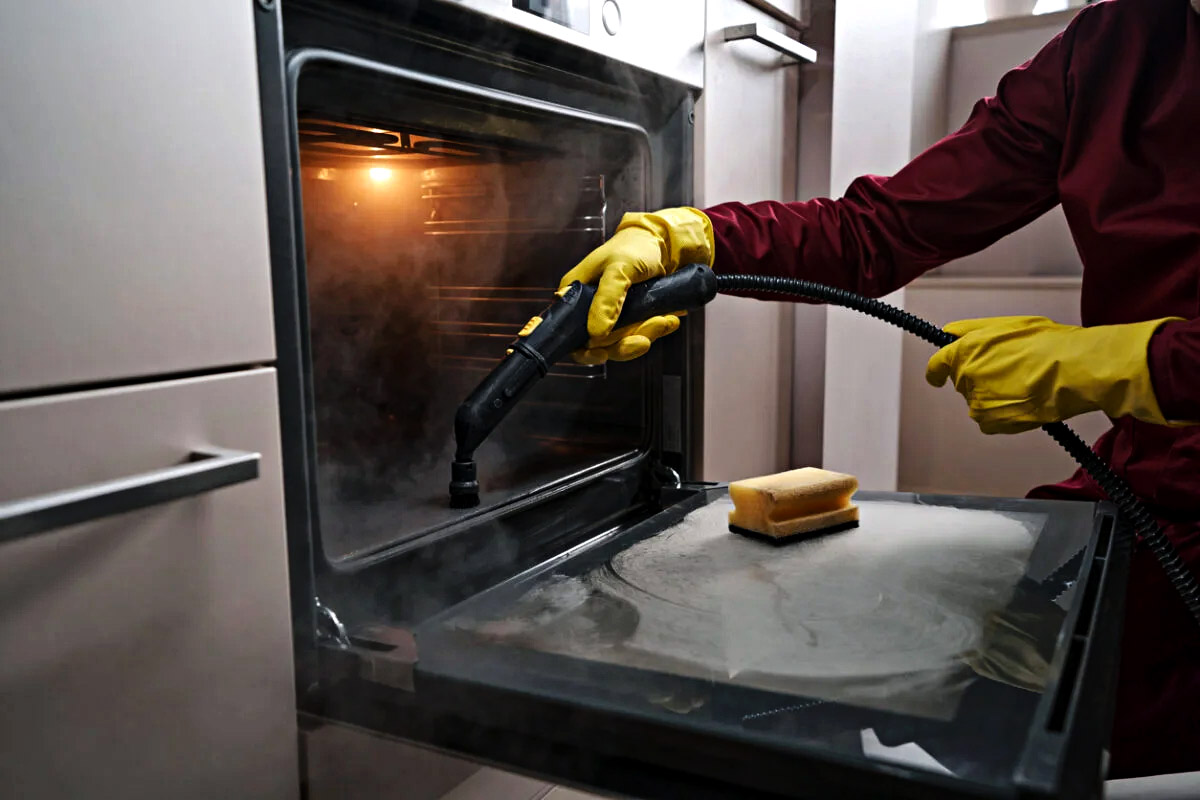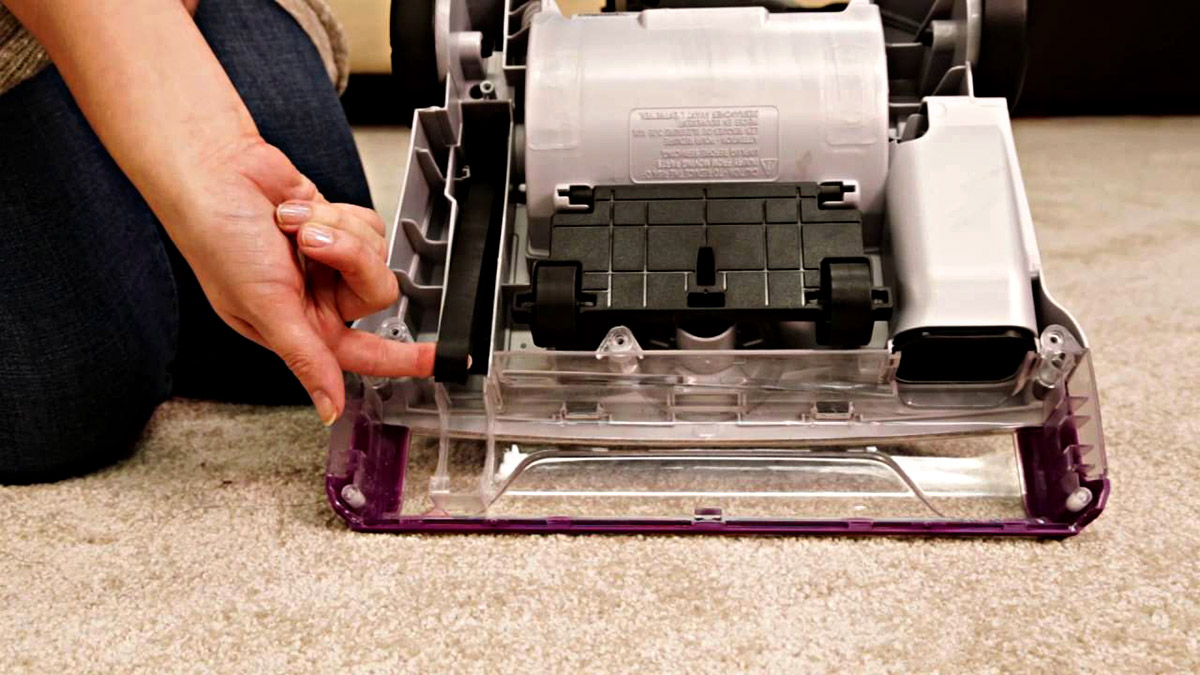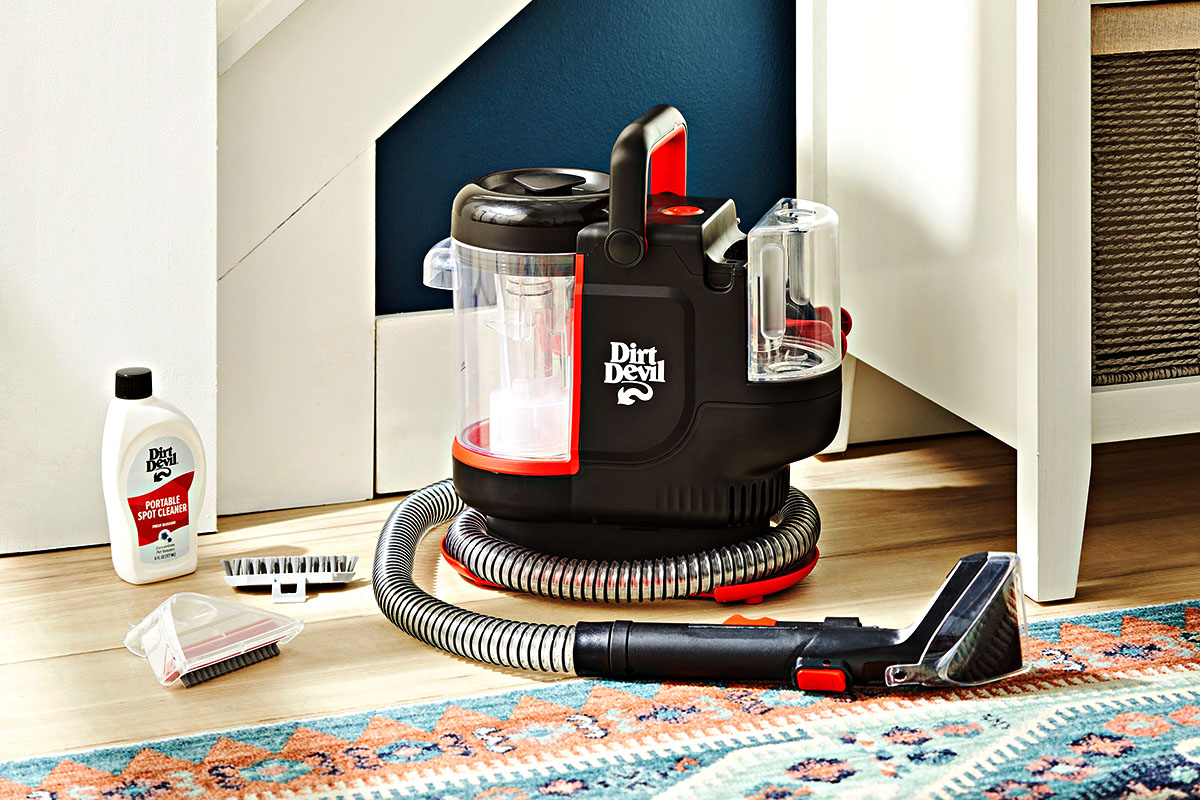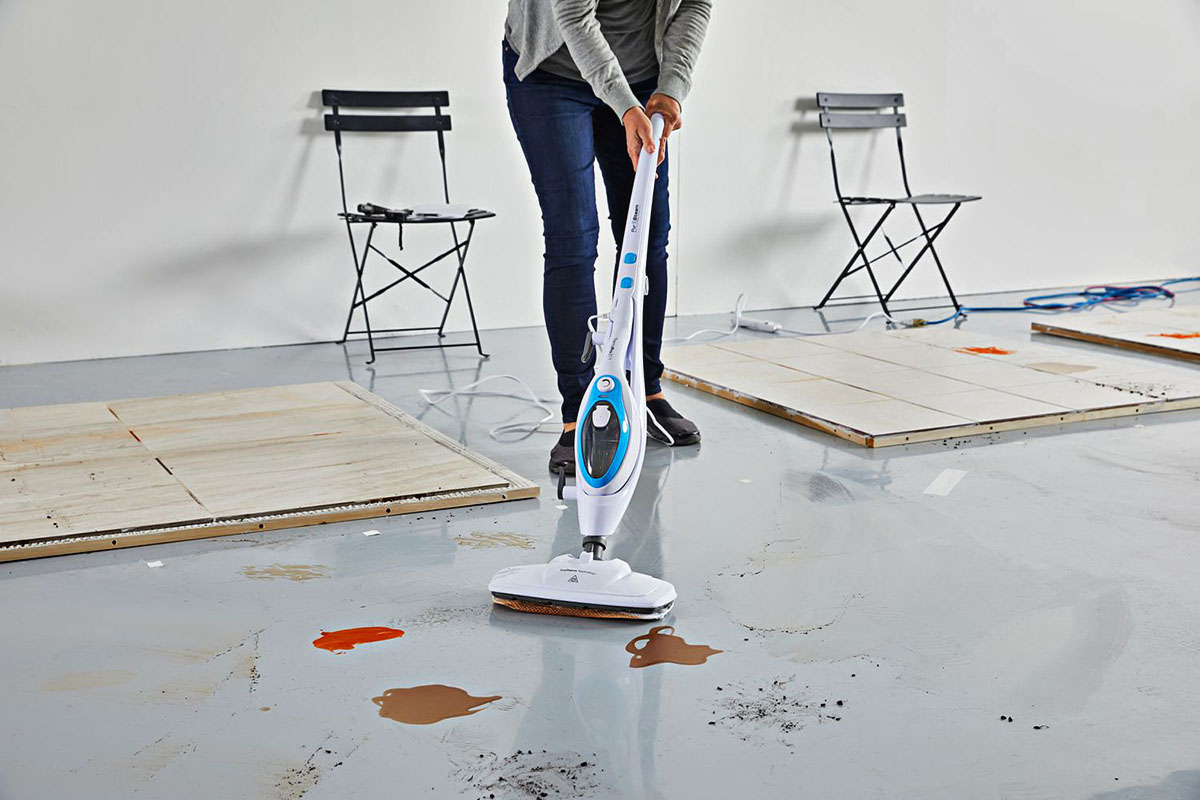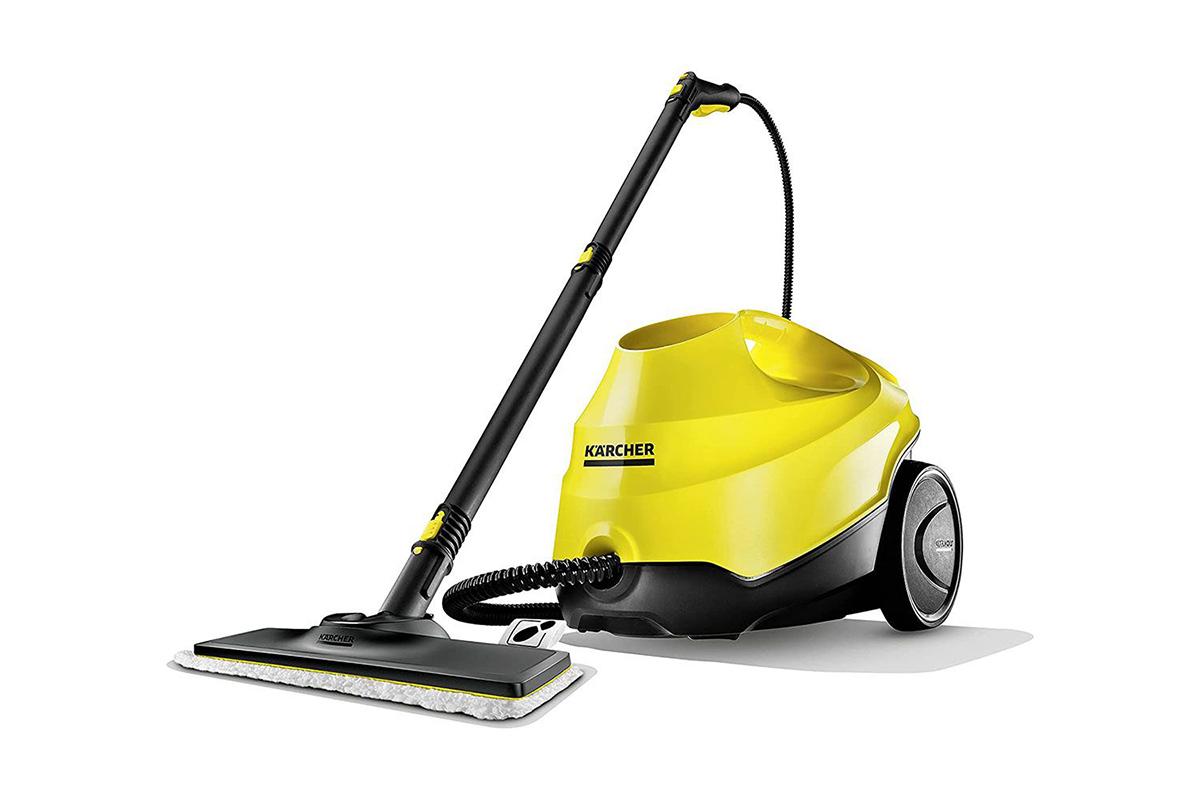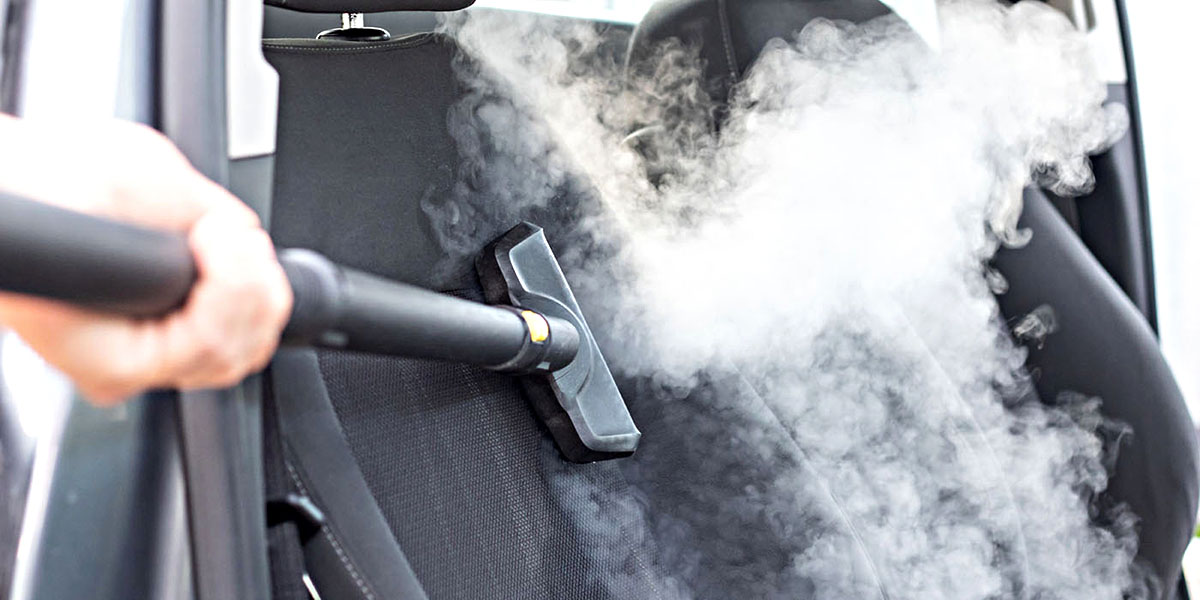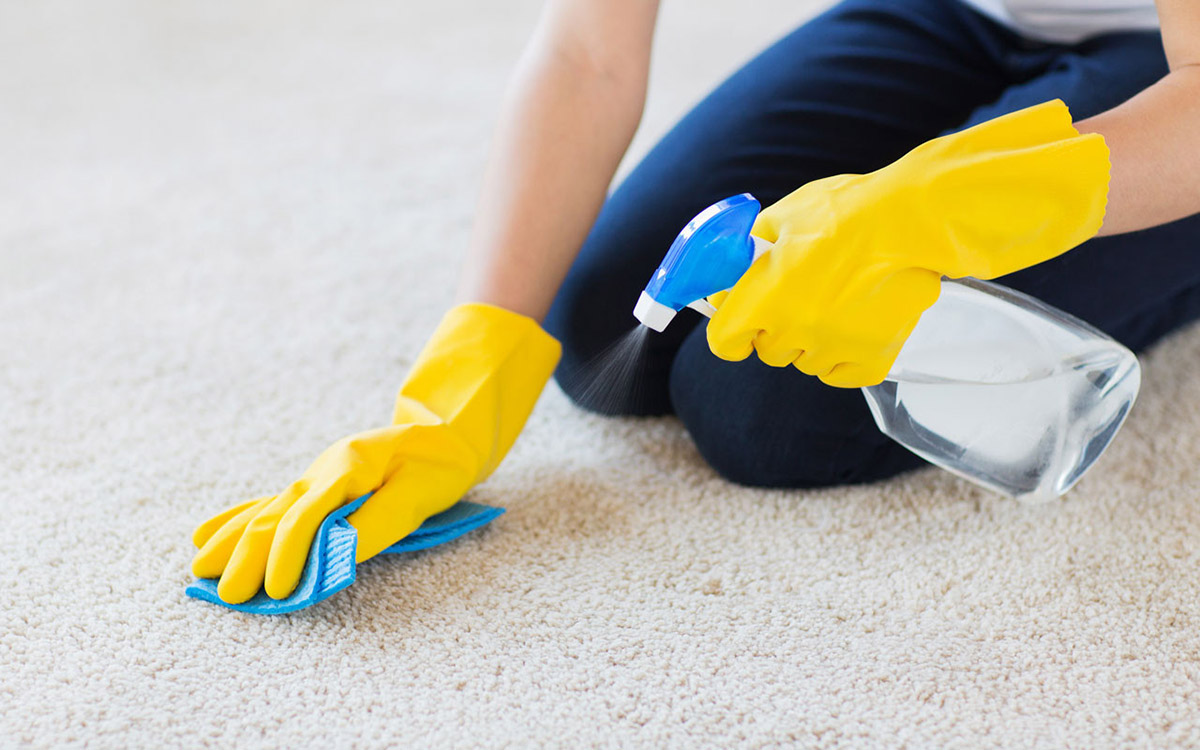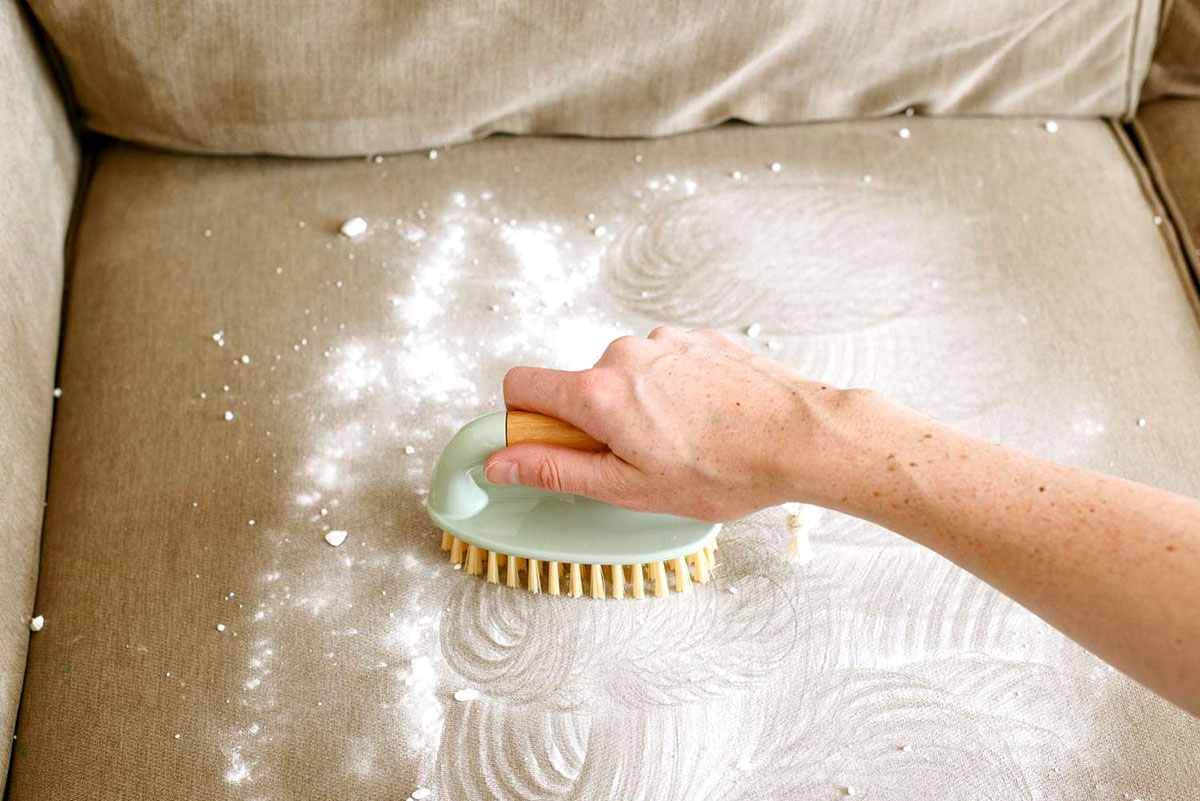Home> Steam Cleaner
Steam Cleaner: Ultimate Guide to Spotless & Sterile Spaces
Uncover the power of a Steam Cleaner. Learn how it transforms your cleaning routine for spotless, germ-free homes and offices. Dive in now.
How To Deep Clean Carpet Without A Steam Cleaner
By: Sophie Thompson • Cleaning Appliances
